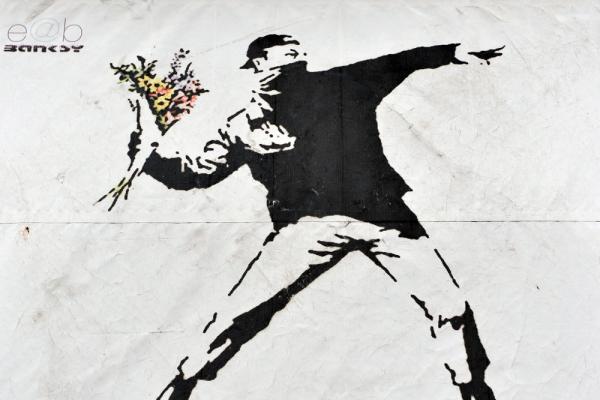What good would it do for three kayaks, three canoes, and a rubber dinghy to paddle into the path of a Pakistani steamship? For a tiny fishing boat with unarmed, praying Americans aboard to sail toward an American battleship threatening Nicaragua? For an 80-year-old lady in a wheelchair to stop in front of advancing Filipino tanks? Or for nonviolent protesters to defy the communist rulers of the Soviet Empire?
Soviet communism collapsed. The tanks stopped and a nonviolent revolution succeeded. The American battleship left and the threat of invasion faded. And the U.S. shipment of arms to Pakistan stopped.
Those are just a few of the many dramatic successes of nonviolent confrontation in the last several decades. Everyone, of course, knows how Mahatma Gandhi’s nonviolent revolution eventually defeated the British Empire and – as the powerful film Selma now reminds us – Martin Luther King Jr.’s peaceful civil rights crusade changed American history. There have been scores upon scores of instances of nonviolent victories over dictatorship and oppression in the last 50-plus years. In fact, Dr. Gene Sharp, the foremost scholar of nonviolence today, has said that the later 20th century saw a remarkable expansion of the substitution of nonviolent struggle for violence. More recent scholarship has not only confirmed Sharp’s comment; it has also shown that nonviolent revolutions against injustice and dictatorship are actually more successful than violent campaigns.
Read the Full Article

